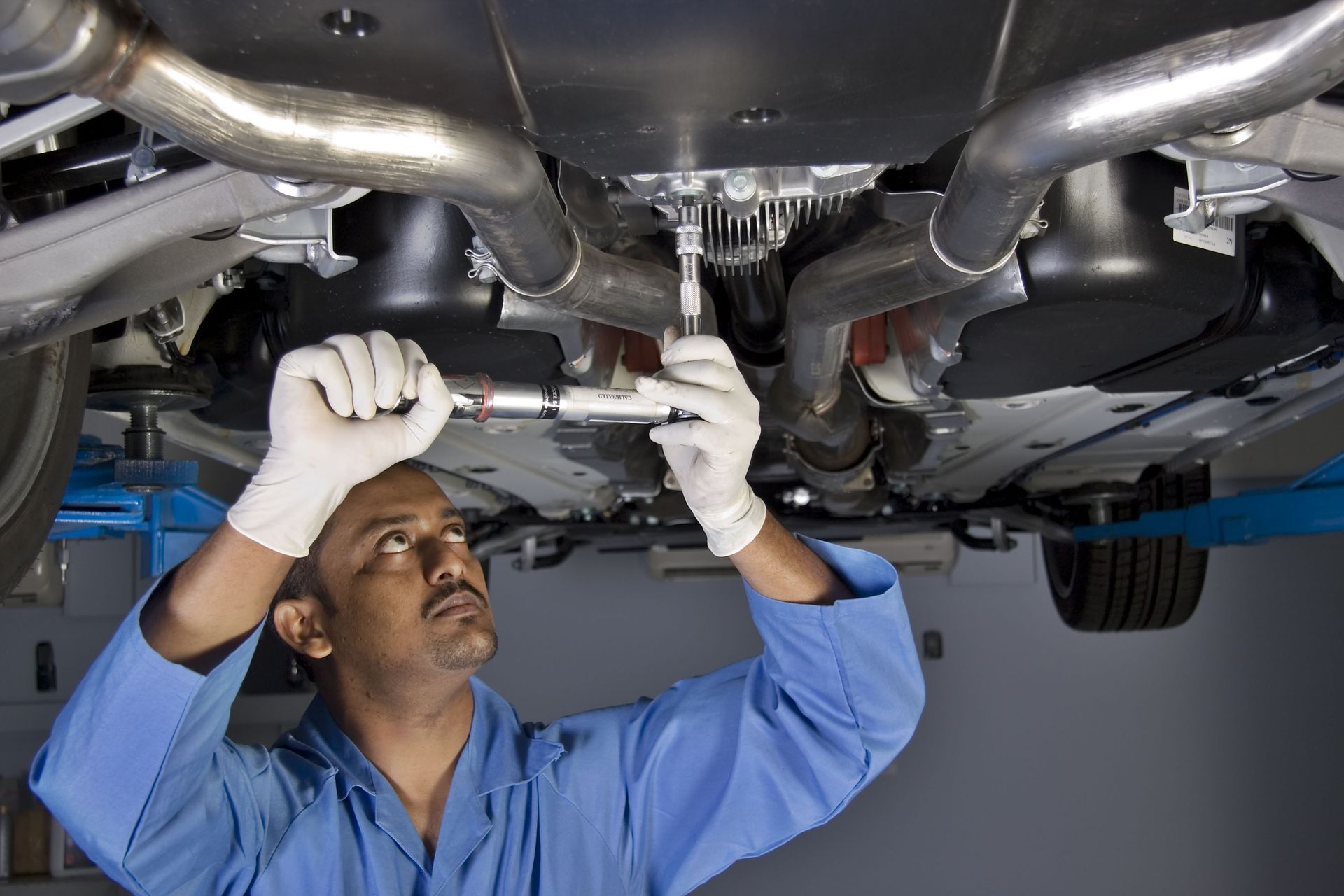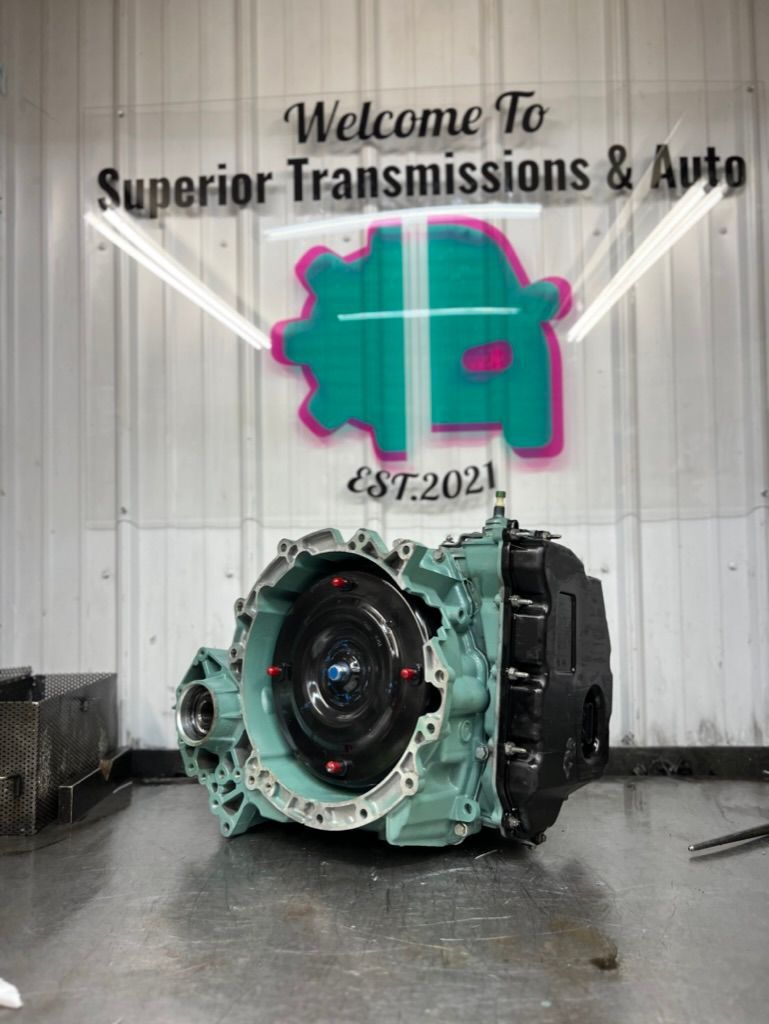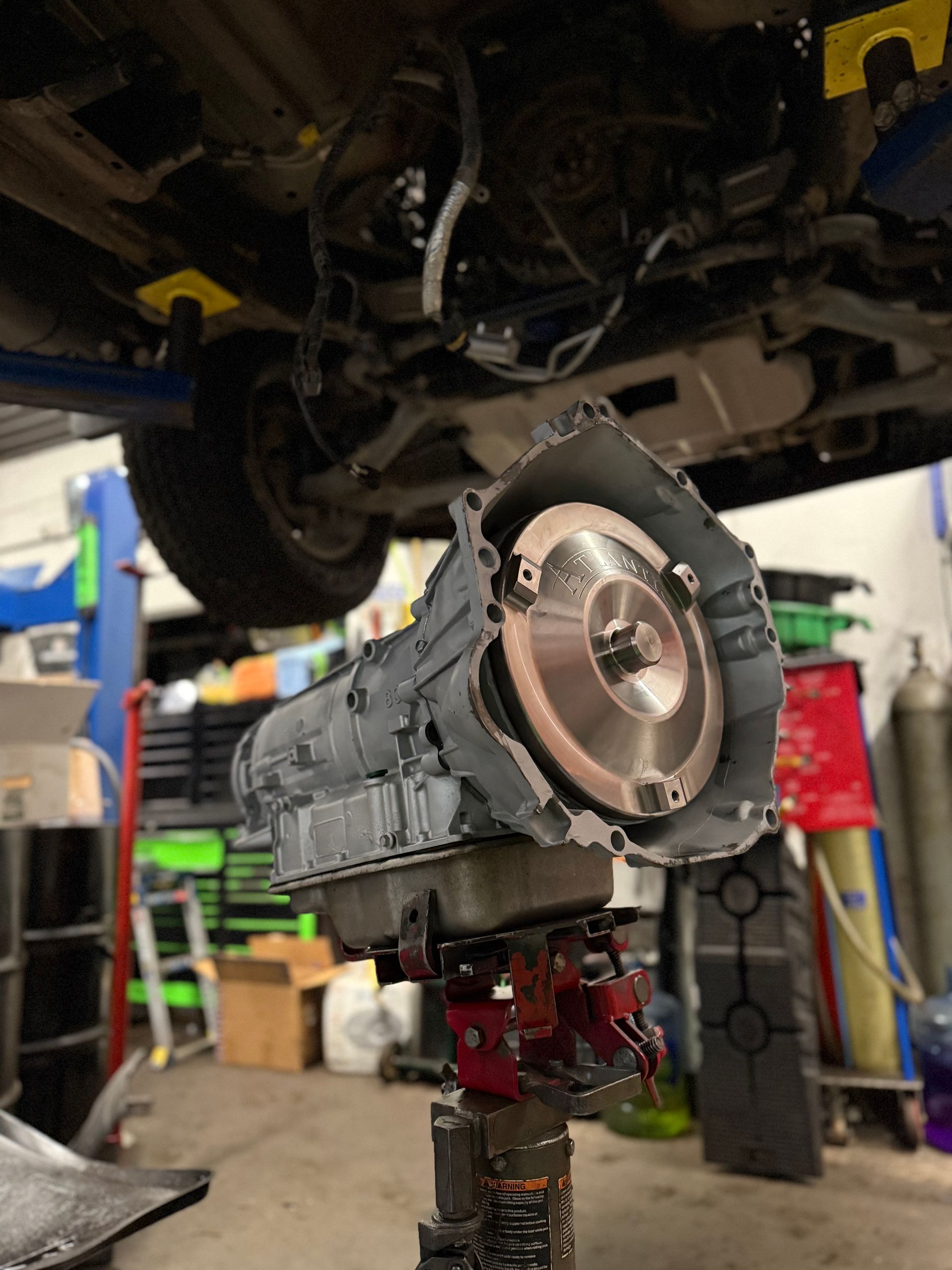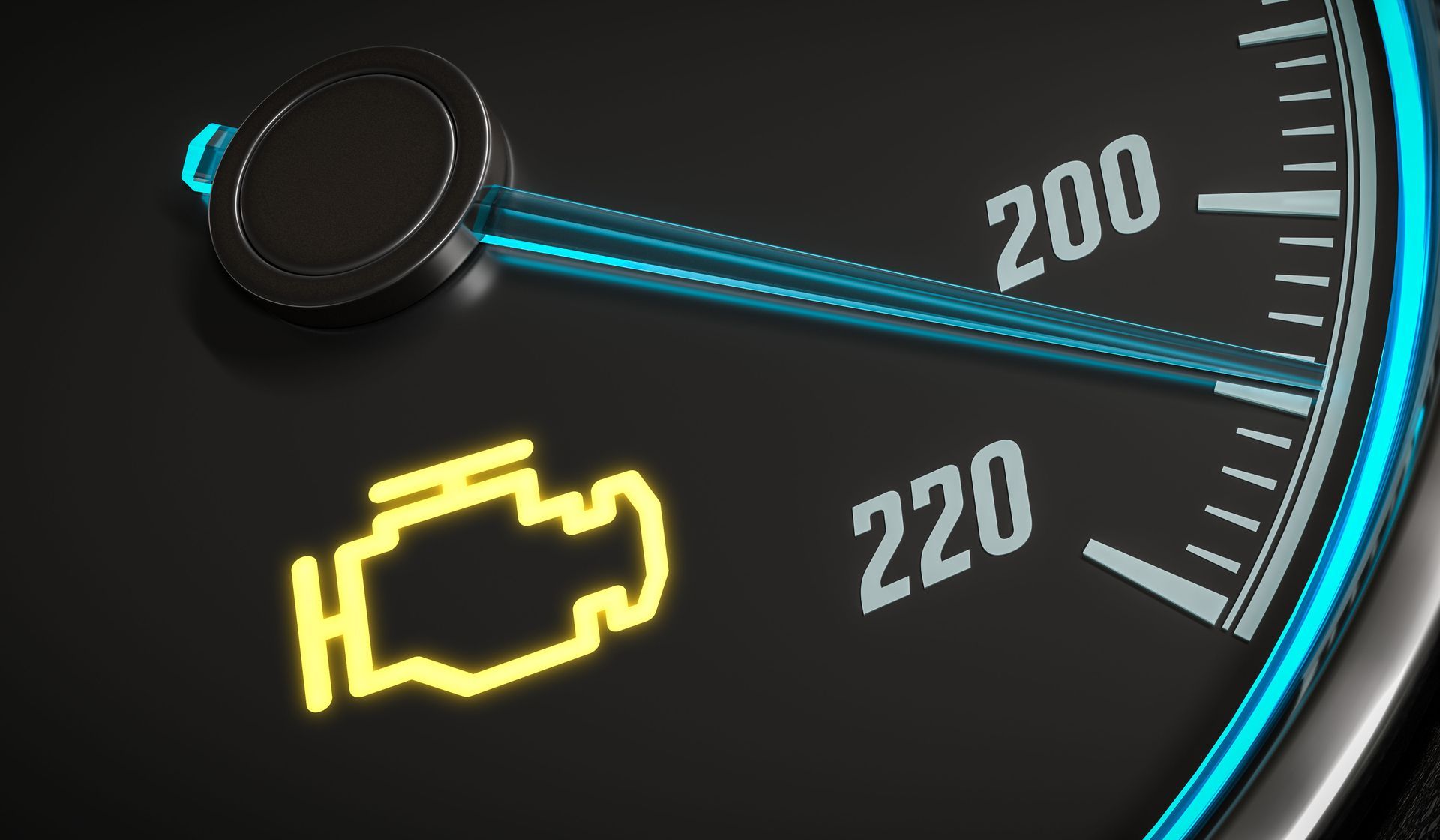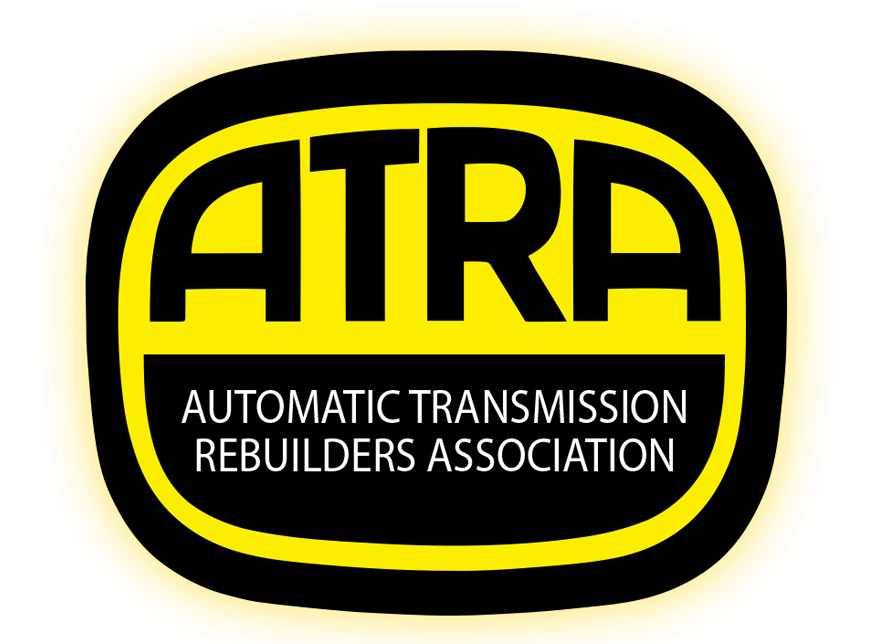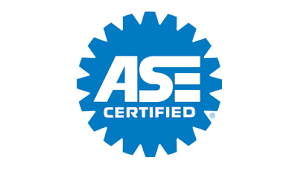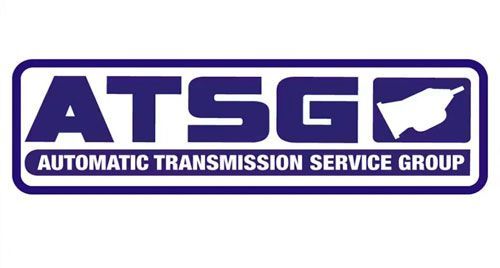October 18, 2025
The rear differential is a vital part of your vehicle’s drivetrain, designed to distribute engine power to the wheels while allowing them to rotate at different speeds. This function becomes especially important during turns, as the differential helps maintain stability, traction, and smooth handling on the road. Like many mechanical components, the rear differential can wear down over time, eventually requiring repairs or a full differential rebuild. Neglecting the early warning signs of problems can lead to unsafe driving conditions and far more expensive damage if left unresolved. In this article, we’ll explore the key indicators that signal when it may be time to consider a differential rebuild or replacement.
Hearing Unusual Noises
One of the first signs that your rear differential may need attention is the presence of grinding sounds, especially when accelerating. These sounds usually indicate significant wear within the differential gears, often due to inadequate lubrication or abrasive contact. This can lead to potential damage if not remedied promptly, requiring costly repairs. Such grinding noises are often more pronounced during sharp turns, as the differential struggles to accommodate varying speeds of the wheels. It's critical to address this issue quickly to prevent further degradation.
Another auditory cue that shouldn’t be ignored is a whining noise emanating from your vehicle's rear end. This typically occurs when there is a problem with the differential's internal bearings or gears. Often, this sound is more noticeable during vehicle acceleration or deceleration. It's usually an indicator of a worn-out pinion bearing or an incorrect gear mesh. Timely diagnosis and repair are essential to avoid the escalation of damage within the differential.
Clunking noises during gear changes can be disconcerting and are frequently a signal of loose or damaged differential components. These sounds occur when the differential has too much play due to worn-out gears or loose parts. It's a clear indication of potential mechanical failure if left unchecked. This clunking can also be felt throughout the vehicle, manifesting as a harsh jolt.
Vibrating Sensation While Driving
If you notice vibrations coming from the rear of your vehicle while driving, it may be a sign of differential problems. These vibrations are often the result of uneven gear contact or internal imbalance within the differential system. Such issues commonly arise from worn components, improper maintenance, or poorly fitted parts that disrupt smooth operation. In many cases, addressing the problem with a timely differential rebuild can resolve the vibrations and restore a smoother, safer driving experience.
Experiencing vibrations specifically during acceleration typically points to issues with drivetrain balance. This can result from malfunctioning differential gears or poorly aligned drive shafts. Acceleration places additional stress on these components, exacerbating any existing flaws. It's crucial to have these symptoms analyzed by a professional to determine the underlying cause. Regular check-ups and ensuring proper alignment can help avoid such issues.
Persistent vibrations at higher speeds often point to a serious differential imbalance or misaligned components. These issues are typically caused by worn gears or improper installation from earlier repairs. Left unaddressed, the vibrations can compromise handling and reduce vehicle control, especially at highway speeds. In many cases, a professional differential rebuild is the most effective solution to restore stability and prevent further damage.
Leaking Differential Fluid
One of the most visible signs of an ailing differential is fluid leaking beneath the vehicle, often manifesting as dark, oily stains on the pavement. This leakage indicates that the seals within the differential have failed, allowing the lubricating oil to escape. Loss of this critical lubricant can lead to increased friction, causing accelerated wear on differential components. Regular inspection for fluid leaks can prevent major differential damages.
A burning smell coming from the rear of your vehicle is often a warning sign of overheating caused by low differential fluid levels. This distinct, acrid odor develops when insufficient lubrication allows gears to grind against each other, creating excessive friction. If ignored, this condition can result in severe and sometimes irreversible damage to the differential. Taking prompt action with an inspection, fluid replacement, or even a differential rebuild when necessary can prevent the issue from escalating.
Regularly checking differential fluid levels is essential, as reduced levels can compromise the differential's operational efficiency. A significant drop in fluid volume is a red flag, often leading to increased internal friction and potential gear damage. Proper fluid maintenance is crucial, akin to how regular oil changes sustain the engine. By ensuring adequate lubrication, you protect the gears from premature wear and extend their functional lifespan. According to SoFi, your rear differential should last up to 200,000 miles or the life of a car, provided you take the proper maintenance steps.
Handling Issues Arising
Handling difficulties, especially in steering precision, can be a symptom of underlying differential problems. When the differential is not functioning optimally, it affects the car's handling balance, often resulting in a struggle to maintain directional stability. Steering difficulties necessitate a thorough investigation to rule out differential issues. Keeping the differential in good repair helps ensure that the vehicle remains responsive and safe to drive.
Vehicles may exhibit loose or unresponsive handling if the differential is malfunctioning. This usually happens because the differential isn't distributing torque evenly to the rear wheels. Such conditions can lead to unpredictable handling, especially during cornering, where precise power distribution is crucial. Immediate diagnosis by a professional can ascertain the differential's condition and prevent potentially hazardous driving scenarios.
Inconsistent braking is sometimes linked to rear differential problems that interfere with overall vehicle balance and dynamics. When power distribution from the differential is uneven, it can directly impact braking effectiveness and stability on the road. Addressing these issues with proper maintenance—or, in more severe cases, a differential rebuild—can help restore the balance needed for dependable braking performance. Pairing brake system upkeep with routine differential inspections is essential for preventing hidden problems.
Warning Lights and Indicators
An illuminated check engine light can sometimes indicate problems related to the rear differential. This warning shouldn't be ignored, as it confirms an issue within the vehicle's system that needs attention. If left unchecked, it can lead to more severe mechanical problems. Diagnosing the root cause with a professional analysis can determine if the differential is involved. Regular maintenance and attention to warning lights can prevent significant damage and keep your vehicle in prime condition.
The anti-lock braking system (ABS) warning light is another significant indicator that can relate to the differential's performance. Faults in the differential can affect regulated braking functionality and trigger this alert. Ensuring the differential components operate correctly is crucial to maintaining effective braking performance. Addressing this light early can prevent brake-related failures and enhance overall vehicle safety.
Warning indicators specific to the limited slip differential highlight potential malfunction or degradation within the system. This can impact traction and handling during challenging driving scenarios. Attending to these warnings promptly ensures the differential performs its role in providing adaptive traction and control. A comprehensive evaluation can confirm whether a rebuild, adjustment, or replacement is necessary.
Recognizing the signs of rear differential issues is crucial to maintaining your vehicle’s performance and safety. If you experience any of these symptoms, it may be time to consult a professional technician to assess whether a differential rebuild or replacement is necessary. Timely intervention can prevent more extensive damage and ensure smoother driving experiences in the long run. For help with differential issues or other auto services, contact Superior Transmissions & Auto.
